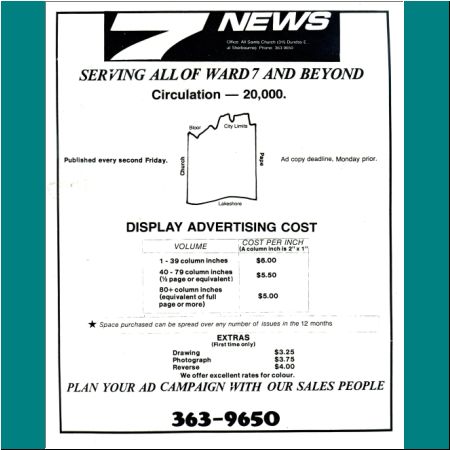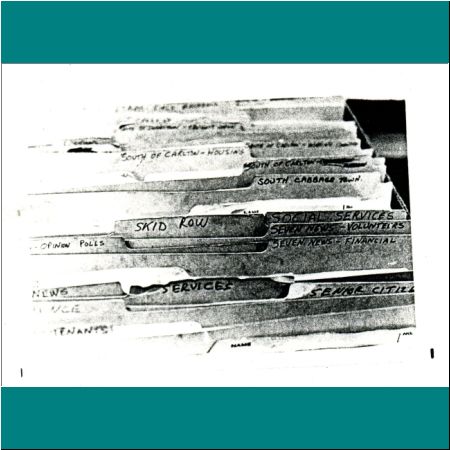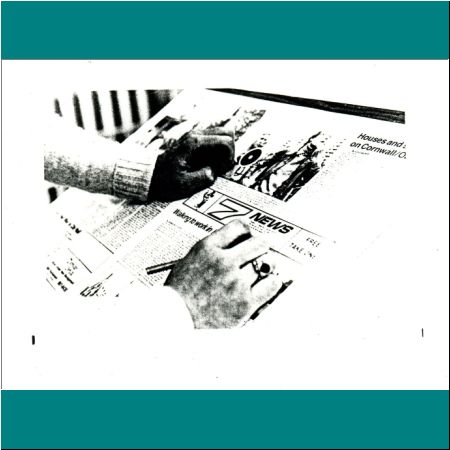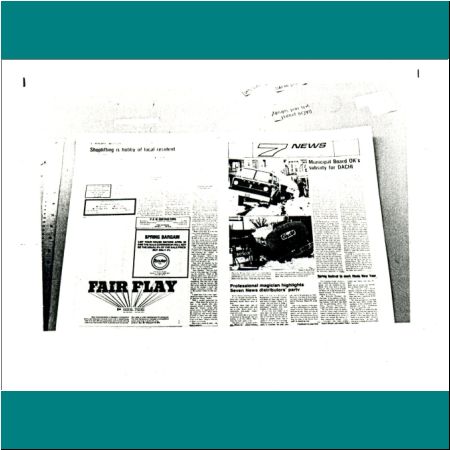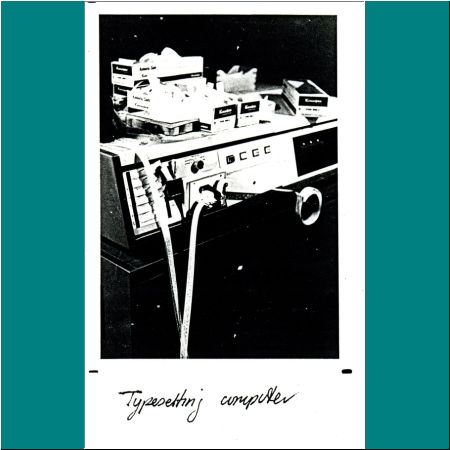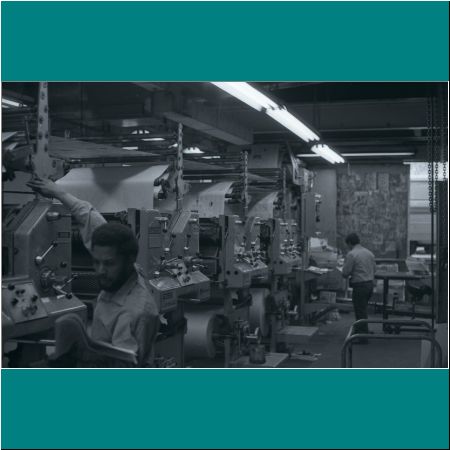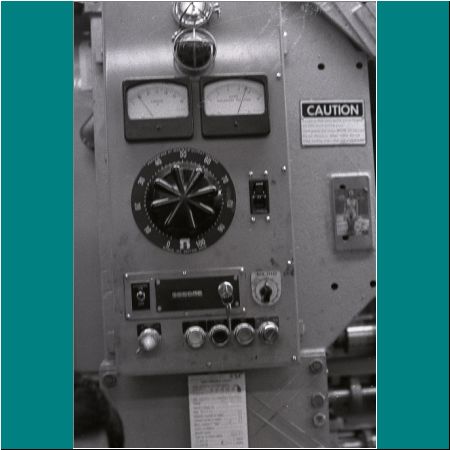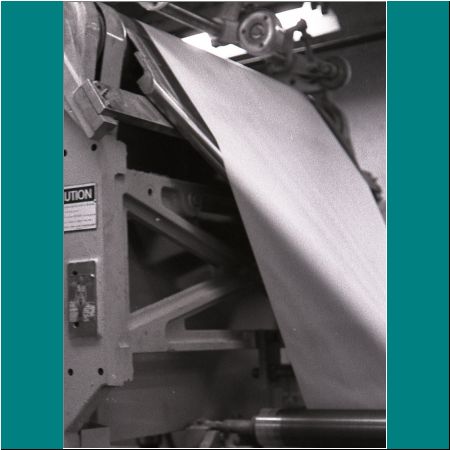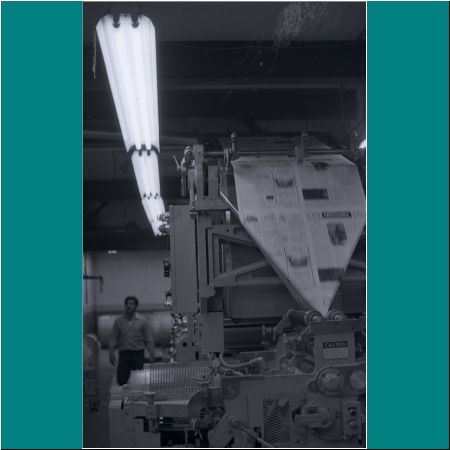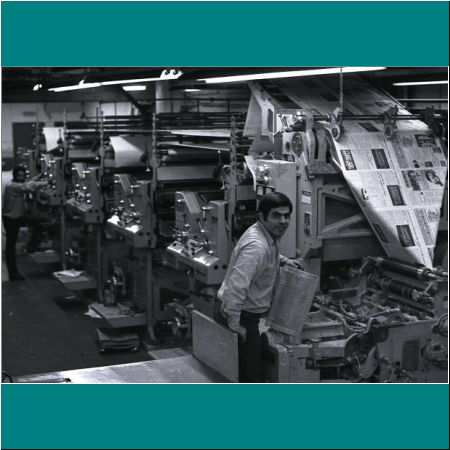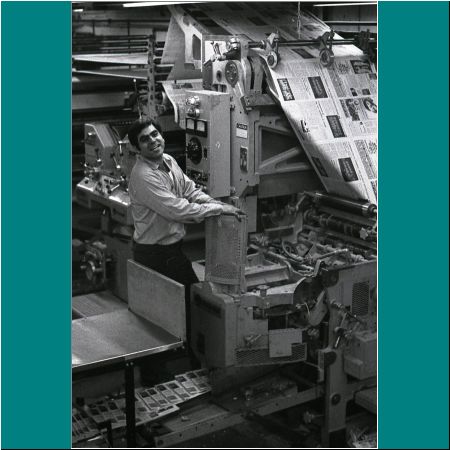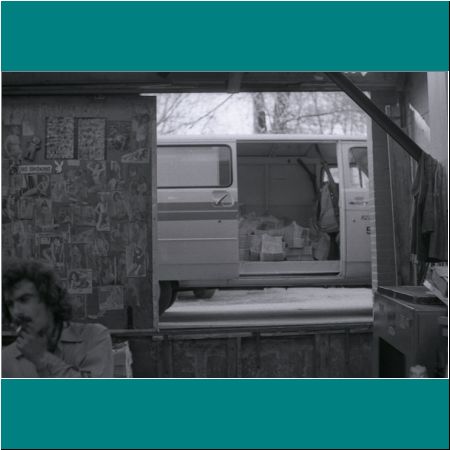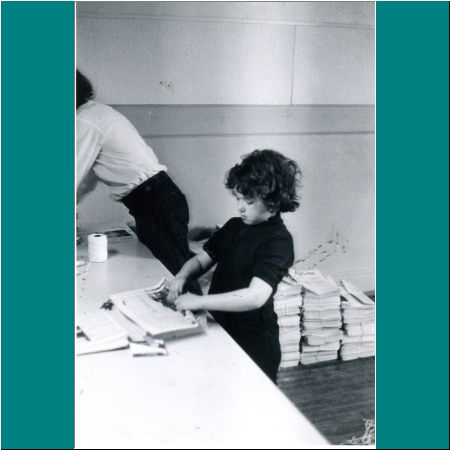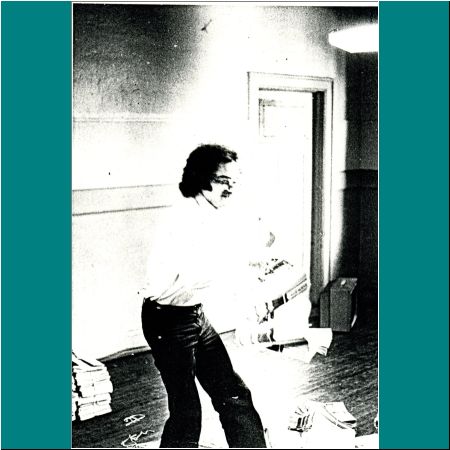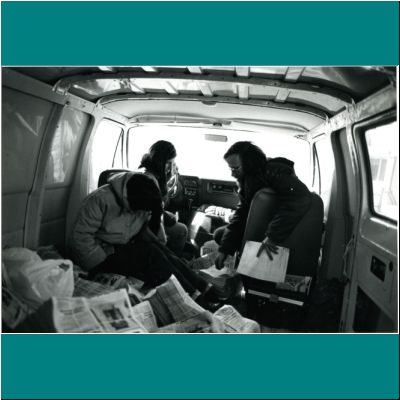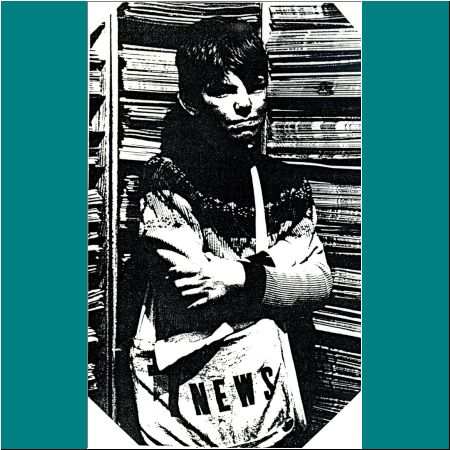
|
|
|
Producing Seven News (with illustrations)
This description is taken from Lisa Horrock’s 1984 essay “Seven News: The Story of A Community Newspaper”. How 7 News Is Produced People who have never been involved in a publication must wonder about the various processes that go into making the final product. There are a great deal of steps; and certainly, even before the latest edition hits the streets, material is already being prepared for the following one. PREPARATION: Copy The 7 News copy comes from a variety of sources. Press releases are sent in by all sorts of organizations and groups; and a steady stream of information comes from the community centres in the area too (Dixon Hall, 519 Church Street; Ralph Thornton Centre and Woodgreen, to name a few). The staff also assign reporters to cover stories, as well as writing themselves. After all the stories have been submitted, they are edited and proofed. Photographs and Graphics 7 News keeps an extensive photograph and graphics file. In addition, photographers may be assigned to cover certain issues and events. The staff then decide which photographs and graphics are the most appropriate and how much of them should be included in the final pictures. Advertisements Some ads are sent into the paper without the ad salesperson having to go out and solicit them; but these are mainly submitted by the large ad agencies for the government. After getting the local display ads, the salesperson designs an appropriate “look” to suit the store or service being offered. The ad person also takes care of the classified ad section. When all the ads have been collected the next stage of production can begin. PLANNING: The staff is only able to decide how many pages the paper can be, and whether or not they can afford any extras like colour, after all the ads have been submitted, because they pay for the paper. 7 News has always had to have a very strong awareness of its limited resources, which has been intensely frustrating for all those who have ever worked on the paper. How different from the experiences of the larger newspapers! After deciding on the size of the paper – which has varied in the past from 0 pages (not coming out at all) to 16 pages, but has had 8 as its median – a “dummy” version is designed. Then the copy is typeset; and the photos and graphics are sized and sent off to have half-tones and line-shots made. 7 News cannot afford any of the equipment itself. LAYOUT AND PASTE UP: 7 News buys sheets of paper, with non-reproducible blue lines on them, called “flats”. Two pages fit onto each of the flats 7 News uses. For an 8 page paper page 1 would be opposite page 8; and page 2 would be opposite page 7, etc. Using a non reproducible blue pen or pencil a page is divided up according to the stories and ads that will be placed on it, referring back to the “dummy”. At this point the copy is still in long strips, which are called “galleys”. The galleys are cut up and placed on the page after they have had hot wax applied to their backs so that they will be able to stick to the flats. The same process applies to the photos. To make the paper more readable, lines are used to separate stories. They come in a tape form (similar to scotch tape). After that the headlines and captions are thought up, typeset, waxed and stuck down. There may be extra cosmetic steps at the end: for example, indicating to the printer which lettering or areas will be coloured. PRINTING: In “true” small newspaper style the flats are rushed to the printers from anywhere between 4:30 a.m. and 7:00 a.m. after having worked on paste-up right through the afternoon and night before. It depends on the printing shop used. But generally, the copies (all 20,000) are ready that evening. A staff member rents a van in the afternoon, drives over to the printer and loads the van ready for distribution the following day. DISTRIBUTION: Usually 2 and possibly 3 staff members drive around for 10 hours the following day dropping the newspapers off at pre-arranged places: stores, hospitals, seniors’ homes, churches, community centres, banks and schools. Many individuals also get bundles delivered to them so that they can deliver the papers door-to-door in their area. Having been on the go the whole day – sorting the papers into different sized bundles for each drop-off point and running around delivering them all over the Ward (and beyond) – the staff members dutifully rest up that night so that they’re able to start the next paper the following day. Photos & IllustrationsA version of this photo gallery with a slideshow option is available here. |




